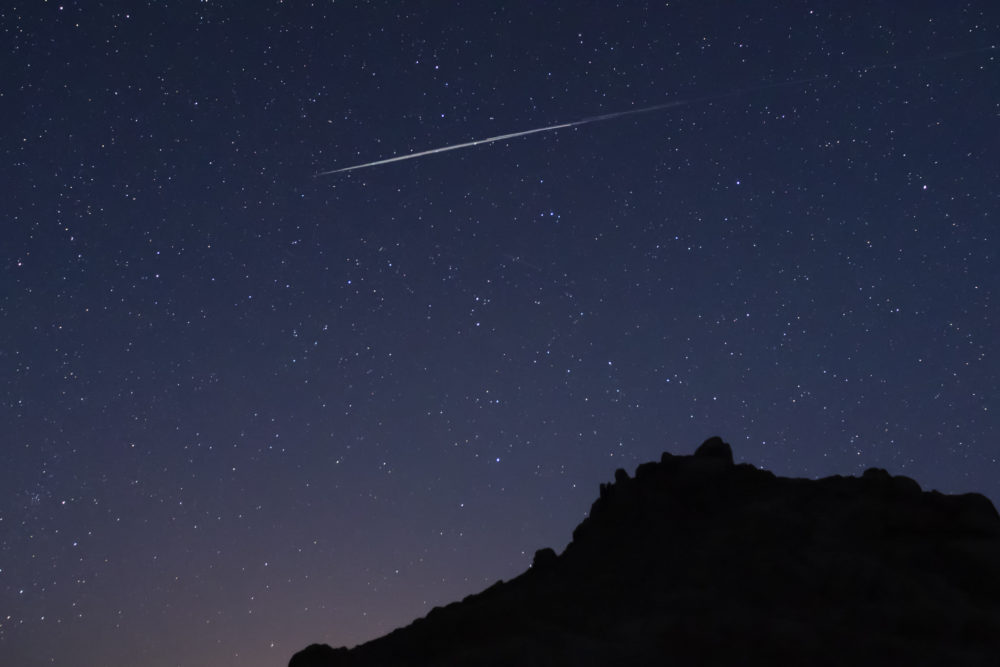As entrepreneurs eye space as the next location for internet infrastructure, astronomers worry the night sky may never look the same.
Elon Musk’s SpaceX, using its Falcon 9 reusable rocket, launched 60 Starlink satellites early Monday and hopes to send tens of thousands more into orbit.
The satellites are designed to create a broadband Internet network that will provide fast, reliable coverage to places that have little to no connectivity, such as rural areas. While that sounds like a social good, astronomers are worried that light from the satellites will create problems for scientific researchers and transform our views of the heavens.
Musk said in October that he was requesting permission from the Federal Communications Commission to operate as many as 30,000 satellites, adding to 12,000 already approved. That translates to eight times as many SpaceX satellites in orbit as the total number currently in space, according to The New York Times.
Monday’s launch was for the second round of satellites, comprising the heaviest payload to date on one of SpaceX’s reusable rockets, which was launched from Cape Canaveral, Florida. The first stage of the Falcon 9 landed on the recovery ship “Of Course I Still Love You” in the Atlantic Ocean.
Astronomers have been expressing concern about the brightness of SpaceX’s so-called megaconstellation since the first round of satellites went up in May, according to Space.com. While Musk has said he doesn’t want his satellites to outshine the stars, astronomers are collecting brightness data.
“Potentially helping billions of economically disadvantaged people is the greater good,” Musk tweeted in May. “That said, we’ll make sure Starlink has no material effect on discoveries in astronomy. We care a great deal about science.”
Many of the satellites launched in May have since moved into higher orbits and are mostly invisible to city dwellers, but can still be noticeable from places with dark skies, the Times reported, citing James Lowenthal, an astronomer at Smith College.
- The American Astronomical Society is “actively working to assess the impacts on astronomy of large satellite constellations before their numbers rise further,” according to a statement in June. “Only through quantitative understanding can we properly assess the risks and identify appropriate mitigating actions.”
- The group has convened an ad hoc committee to discuss its concerns with SpaceX representatives once a month, the Times reported. And SpaceX has also been working with the federally funded National Radio Astronomy Observatory to minimize the potential impact of the Starlink satellites on radio wavelengths used by astronomers






















